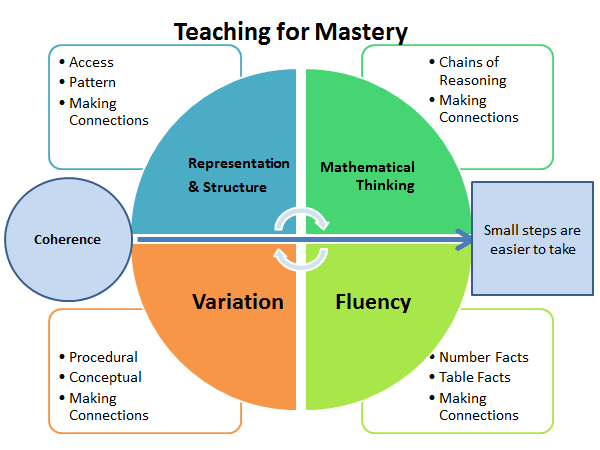At Howard Park we offer the children a balanced mathematics curriculum based on the National Curriculum (Years 1-6) and The Early Learning Goals (Reception) in order to develop a range of mathematical skills for our children.
They will be positive and enthusiastic towards mathematics, with an awareness of the diversity of the subject.
We aim to inspire a positive attitude and develop an effective and confident approach towards the learning of Mathematics in all our pupils.
- They will be competent and confident in taking risks to apply mathematical knowledge, concepts and skills.
- They will be able to solve problems, reason mathematically and think logically and systematically.
- They will be able to work independently and in co-operation with others, progressing at their own pace.
- They will be able to use and apply mathematics across the curriculum, and to understand the application of mathematics in real life contexts and scenarios.
How Do We Teach Maths At Howard Park?
At Howard Park we teach Maths using the mastery approach. The rationale of teaching mathematics in this way lays within the research of Guskey (2009) and Skemp (1976), the Maths Hub led Mastery Specialist Programme as well as the 2014 National Curriculum, which states:
- The expectation is that most pupils will move through the programmes of study at broadly the same pace.
- Pupils who grasp concepts rapidly should be challenged through being offered rich and sophisticated problems before any acceleration through new content.
- Those who are not sufficiently fluent with earlier material should consolidate their understanding, including through additional practice, before moving on.
Our teaching for mastery is underpinned by the NCETM’s 5 Big Ideas. Opportunities for Mathematical Thinking allow children to make chains of reasoning connected with the other areas of their mathematics. A focus on Representation and Structure ensures concepts are explored using concrete, pictorial and abstract representations. The children actively look for patterns as well as specialise and generalise whilst problem solving. Coherence is achieved through the planning of small connected steps to link every question and lesson within a topic. Teachers use both procedural and conceptual Variation within their lessons and there remains an emphasis on Fluency with a relentless focus on number and times table facts.
What Is Teaching For Mastery?
Teaching for mastery can be explained through the following diagram:

Fluency
- Quick recall of facts and procedures
- The flexibility and fluidity to move between different contexts and representations of mathematics
- The ability to recognise relationships and make connections in mathematics
Representation and Structure
- Mathematical structures are the key patterns and generalisations that underpin sets of numbers – they are the laws and relationships that we want children to spot.
- Using different representations can help children to ‘see’ these laws and relationships.
Variation
- Procedural variation – This is a deliberate change in the type of examples used and questions set, to draw attention to certain features.
- Conceptual variation – When a concept is presented in different ways, to show what a concept is, in all of its different forms.
Mathematical Thinking
- Looking for pattern and relationships
- Logical Reasoning
- Making Connections
Coherence
Teachers should develop detailed knowledge of the curriculum in order to break the mathematics down into small steps to develop mastery and address all aspects in a logical progression. This will ensure deep and sustainable learning for all pupils.
As a result of teaching and learning in mathematics, our aim is that pupils will be able to meet the key aims of the National Curriculum for maths.
Further Information
For further information regarding how we teach Maths, what is taught and the progression through different year group, please see the documents listed below.
